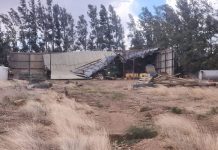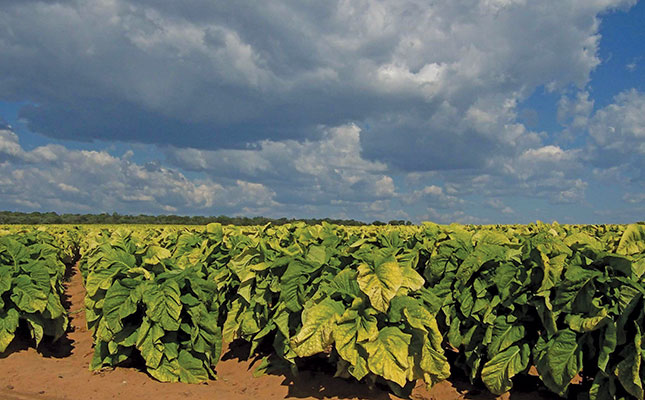Presenting an overview of the South African dairy industry at the World Dairy Summit in Cape Town recently, Loubser said South Africa was not exempt from the worldwide phenomenon in which more competitive players absorbed less competitive players in the industry. Loubser said the total production of raw milk in South Africa increased from 2,2 billion litres in 2004 to 2,6 billion litres in 2011.
“Although the total volume of the production of raw milk in South Africa is increasing, the number of production units (farms) is decreasing. In January there were 2 474 dairy production units in South Africa.” Sampro’s agricultural economist, Dr Koos Coetzee, told delegates that producer numbers were declining because many dairy farmers in South Africa were entangled in a tough fight to maintain a profitable dairy farming operation.
“The South African commercial dairy farmer has to fend for himself,” Coetzee said. In spite of the steady increase in production that South Africa has experienced, indications were that rising input costs could result in production levels flattening out in the near future.
“Profitability is a problem in South Africa, where production costs are on the rise as a result of higher grain prices. The milk to feed price ratio, which is an important indicator of the profitability of the dairy industry in this country, is currently at a crisis level. Milk production is becoming increasingly unprofitable and the possibility of a significant milk price increase cannot be dismissed,” Coetzee warned.
Coetzee said that the challenges facing the local dairy industry were by no means insurmountable, but that they required farmers to think outside the box and “embrace an openness of adaptation” in their efforts to remain viable. However, challenges were only one part of the picture, and encouraging trends and developments had been observed, he said.
“There is an increased demand for milk and dairy products here and in the rest of Africa. In South Africa, this demand is largely being driven by changing socio-economic factors.”
Coetzee said that about 50% of the South African population was urbanised and an increasing number of people were moving from the lower income class into the middle income class. This upward mobility in socio-economic groups had resulted in dietary changes and more people had gravitated towards dairy products. “So, provided that the industry is able to cope with this demand and make the products accessible to those who seek them, new business is practically assured, at least in the short- to medium-term,” he said.










